Future Architecture Next
After a second year of the Future Architecture Platform we took the opportunity to present some of emerging architects and talk about their position within the future, present and past. Are you curious what is going to happen next? Future Architecture continues.
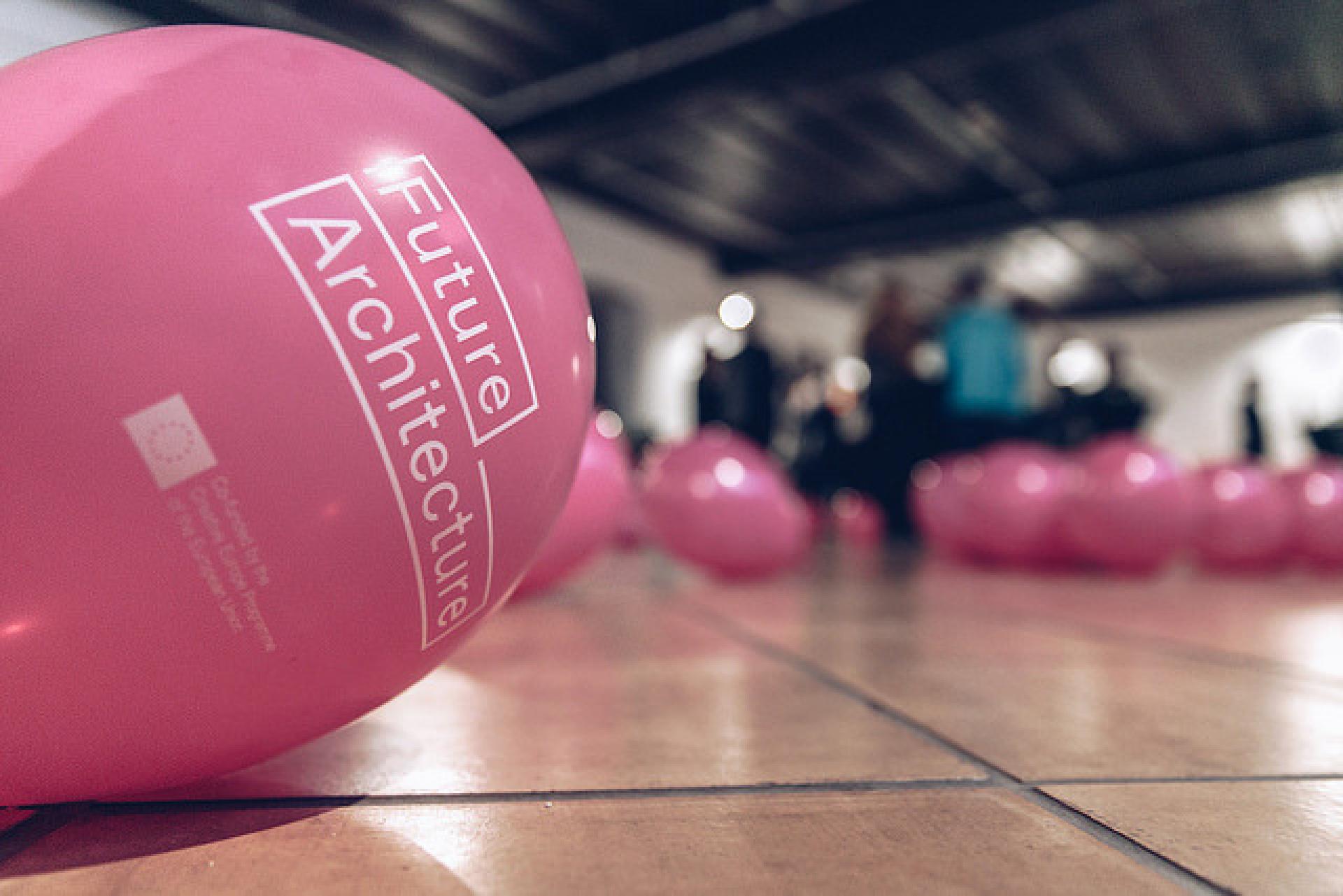
Future Blind Date in Ljubljana. | Photo by Peter Giodani © MAO
Future Architecture acts as a key platform for exchange and networking for European architecture. It enables 20 established architectural institutions and organizations throughout Europe, among them architecture museums, festivals, producers, publishers, agencies, academic institutions and multi-disciplinary emerging professionals to easily connect and build joint projects.
The platform coordinating entity, MAO - Museum of Architecture and Design Ljubljana, is the matchmaking space for emerging architects. Platform leader Matevž Čelik strongly believes that the platform will create new visions from the perspective of policies, the role of institutions, media in architecture and the profession’s responsibility to the public: “the future of architecture is in opportunity for building new collaborations and creating communities instead of focusing on individualism.” Therefore we talk with some of the collaborating alumni to share their experiences and thoughts developed during the process of project presentations in 2017.
A collaborative project Activate Modern Ruins by Dimitris Grozopoulos, Effie Kasimati and Fani Kostourou envisioned an alternative future of modern architectural and urban ruins by introducing a framework to re-activate them. The proposal for researches involve actions to explore the ruins within a setup of a digital archive and definition of proposals about the future of modern ruins through social media.

Archive of found objects. | Photo Activate Modern Ruins Archive
The first two years of Future Architecture were for alumni Miloš Kosec “one of those truly rare things: a project that at its beginning didn’t have a clear expectation of what it would evolve in.” He thinks that despite the financing of the platform by EU funds which usually conditions a specific and somewhat narrow understanding of plurality and creativity ”the wide scope of contributors and critical participants works as a tool for amplification of many different, conflicting and critical voices - many of which would without it remain on the intellectual and professional periphery.”
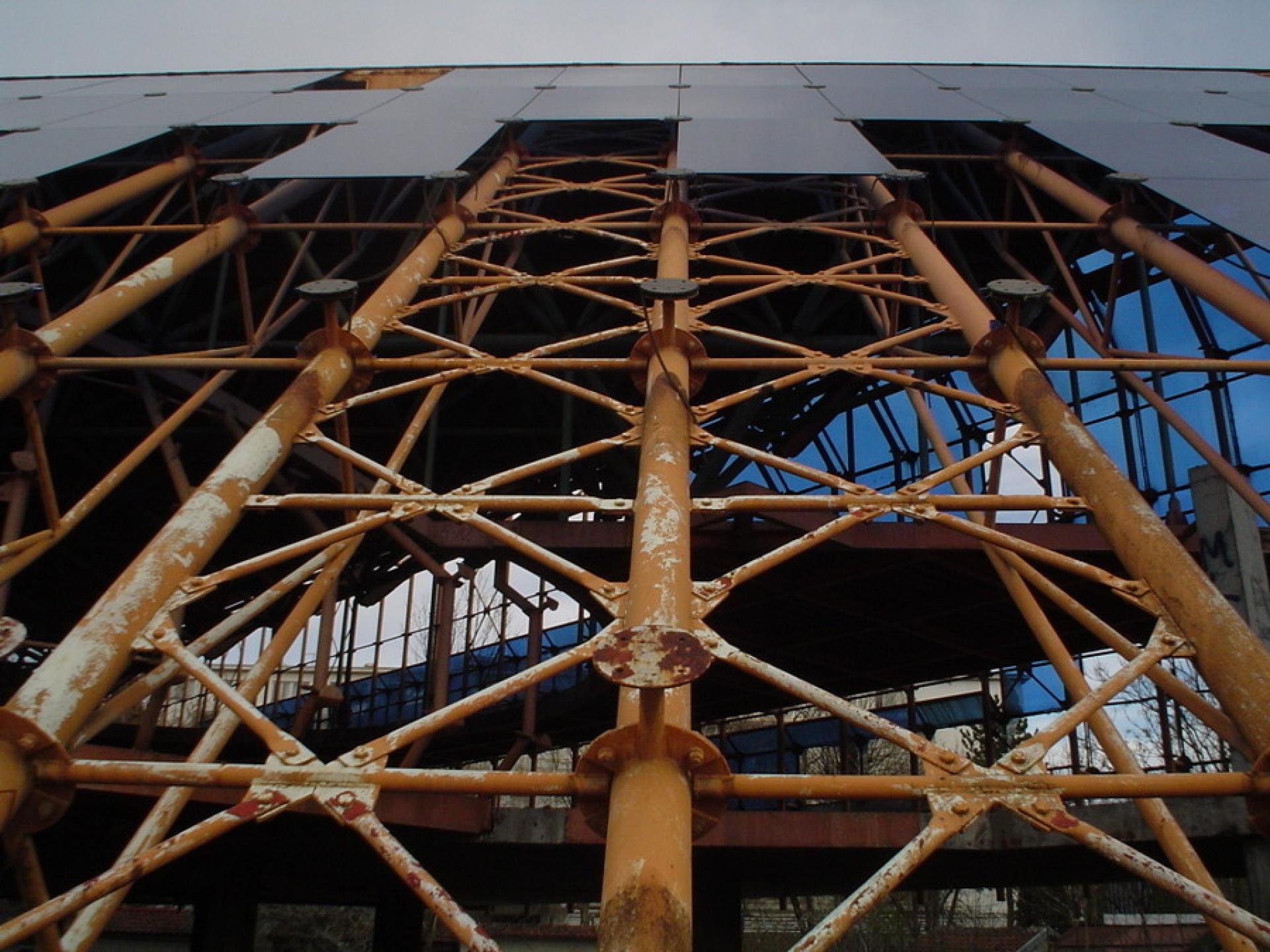
Ruincarnations deals with reaffirming a subversive potential of the ruin.| Photo Miloš Kosec Archive
The open call from 2017 brought together a selection of emerging architects, which were invited to the matchmaking conference in Ljubljana. A blind date between platform institution members and young architects with open up new approaches, ideas and position towards the architecture in the future.
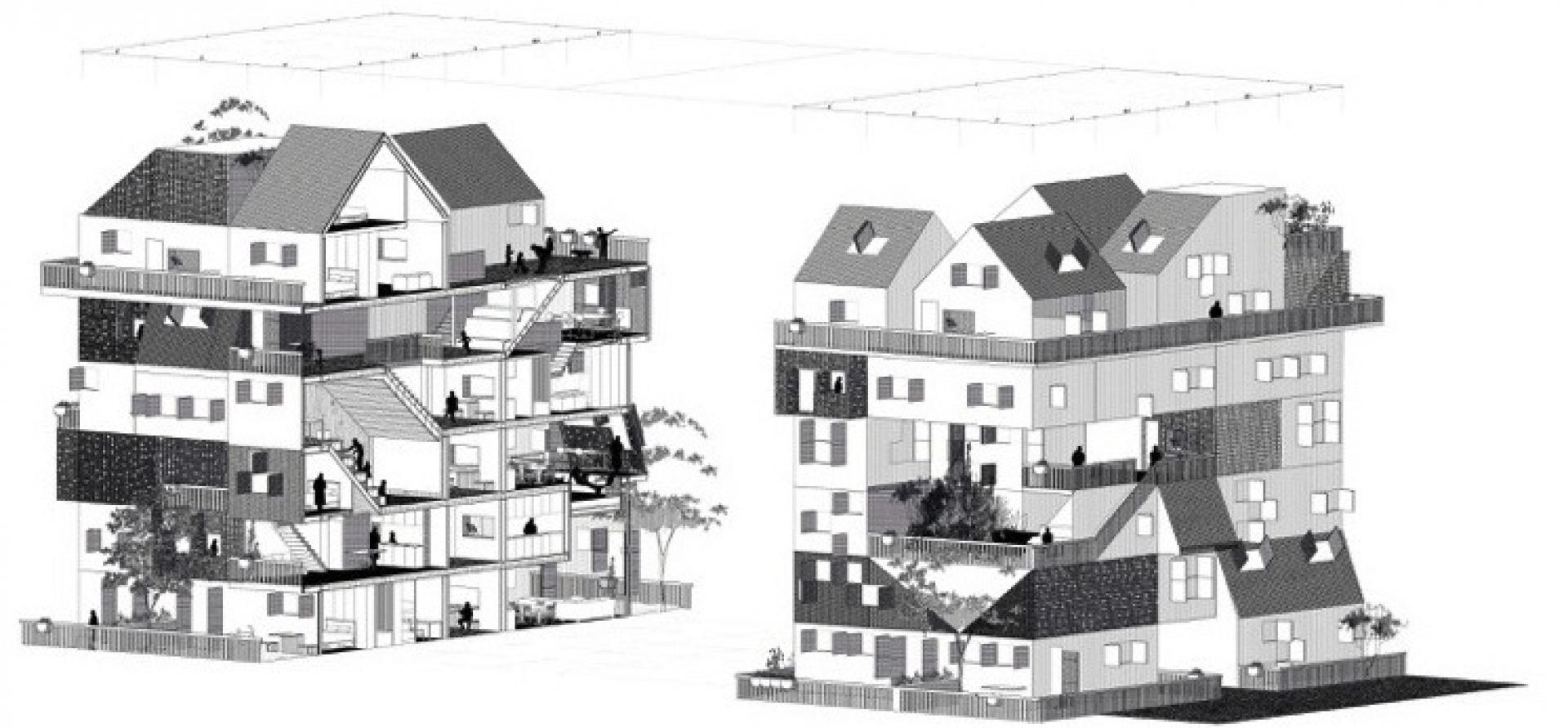
Urban Homework for Europe embraces the challenge of taking care of the older city. | Photo Adriana Pablos Archive
Projects were mostly divided in ones extra sensorial and others pure activist describes Adriana Pablos. She stress that is important to came up at the end of the projects with a design proposals “if we don’t design who will?”

Presentations in MAO. | Photo by Peter Giodani © MAO
The overseas contact was established in new York with Bika Rebek “On January 20th 2017 my friend Agustin called to tell me that I had been selected as a participant in the Future Architecture Platform and I was invited to lecture in my hometown of Ljubljana. I lived in New York City at the time and it was also the day that Donald Trump was inaugurated as the twenty-first president of the United States. The world around me was in turmoil and the invitation was a welcome excuse to leave an intensely frustrated and protesting city and go back home for a while. After seven years in the United States I was curious to see what I would find out about the architecture scene in Europe. Not knowing what to expect, the first two-day presentation marathon in Ljubljana was nothing short of a revelation.” Bika thinks that young architects shall question their role in society non stop to find new ways of making their practices relevant in the current political climate. For her this platform provides the simple act of connecting various individuals and institutions.

The Invisible Blanket is a simple device creating a protected zone on a downtown manhattan roof. | Photo Bika Rebek Archive
And what is Future architecture about? Jose Tomas Perez Valle looks at 25 selected projects with a certain skepticism, he thinks that instead of the position of architecture changing the world, is more important to engage with: “In contrast, to conflict with what is going on today is part of the work of this contemporary generation. Even if the work is not looking for any solution, the different proposals show the obligation to be part; to take a position. Today, engaging with the complexity of our world is definitely what architecture should do, in a way; re-think Architecture project as a political decision.”

No-man’s-Land’s points out the impossibility of a solution to border conflicts in South America during recent decades. | Photo José Tomás Pérez Archive
Benedikt Stoll, a member of the Guerilla Architects is asking about what means organization of many talented young architects and how they would endeavor the outcome of such a platform. It is related to wider issues within the profession in how far architectural work is perceived and promoted in general: “many selected projects seem to have commonalities in certain fields of work as well as intellectual or political ideas which would be much stronger if one would actually foster their shared knowledge and outputs rather than their individual repetition. This should not replace the existing formats of the platform but potentially add a new collaborative ones, which would enable selected participants to create their own representation of the future of architecture in their self-declared framework and network. This might also just be seen as the already intended outcome of the platform itself but could become a more publicly supported agenda within its institutional framework.”
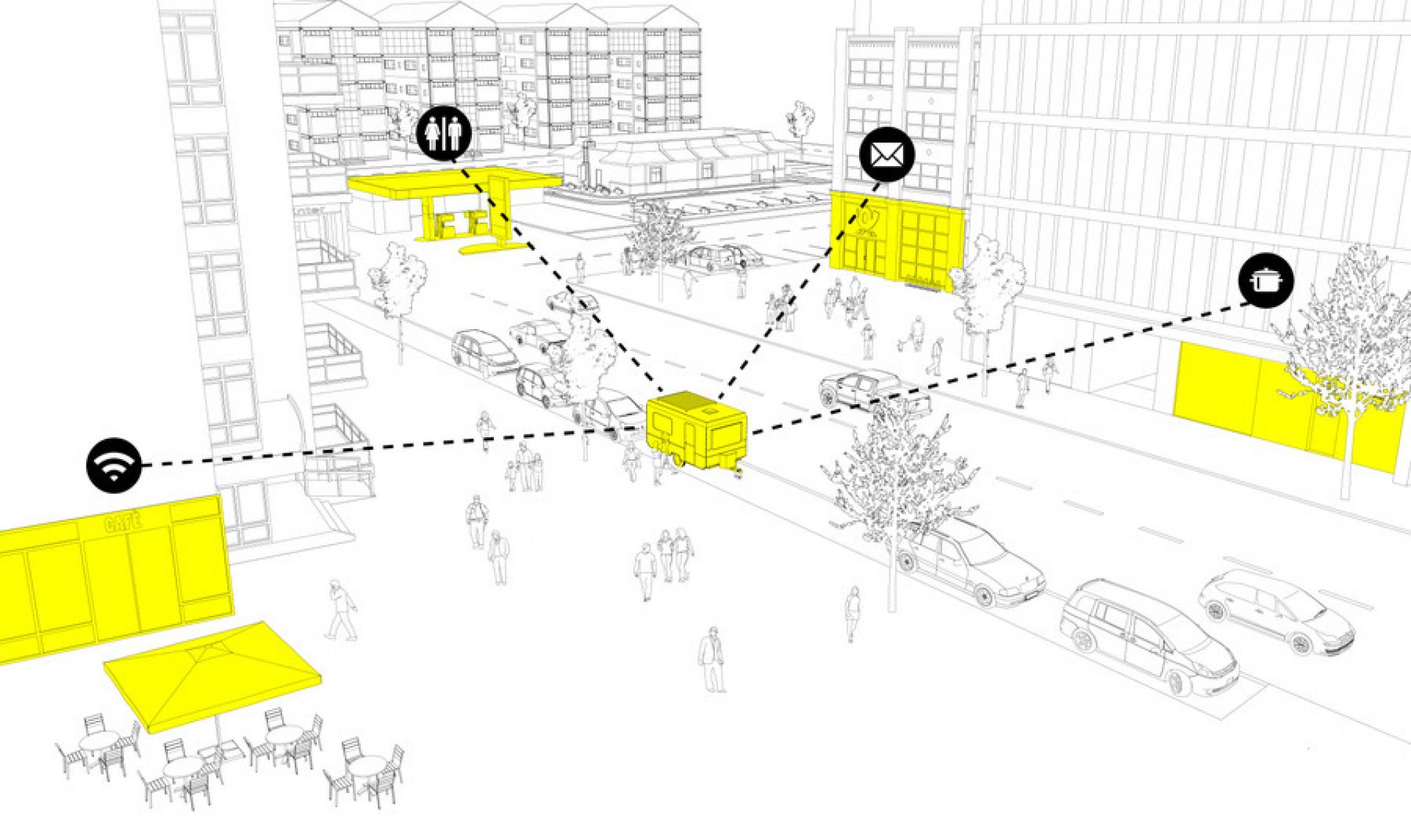
Stadt:Symbiont is a guideline for the autonomous creation of a central, durable and cost-effective working space in the city. | Photo Guerilla Architects Archive
Concluding this journey with a Sebastian Ernst experience “I want to start off with a beautiful observation I had when walking to the castle on Thursday morning, somehow very fitting in the cloud of terms: future, ephemerality, city, and nature. The fog later cleared, leaving only traces of water on the wet grass. After my arrival late on Wednesday, crossing nearly half of Europe from Berlin to Rome to Trieste to Ljubljana, discussing the options of sub-renting a flat on online platforms, tourism and company culture with my very talkative goopti driver, I was able to catch up the last talk of the day. Beautiful drawings have been shown, good questions have been asked: is danger excitement? is the unplanned the biggest quality? A quiet common theme became apparent already in these first presentations though: research is conducted with an enormous amount of work, talent and motivation. idealism as the driving force, drawings as the outcome.
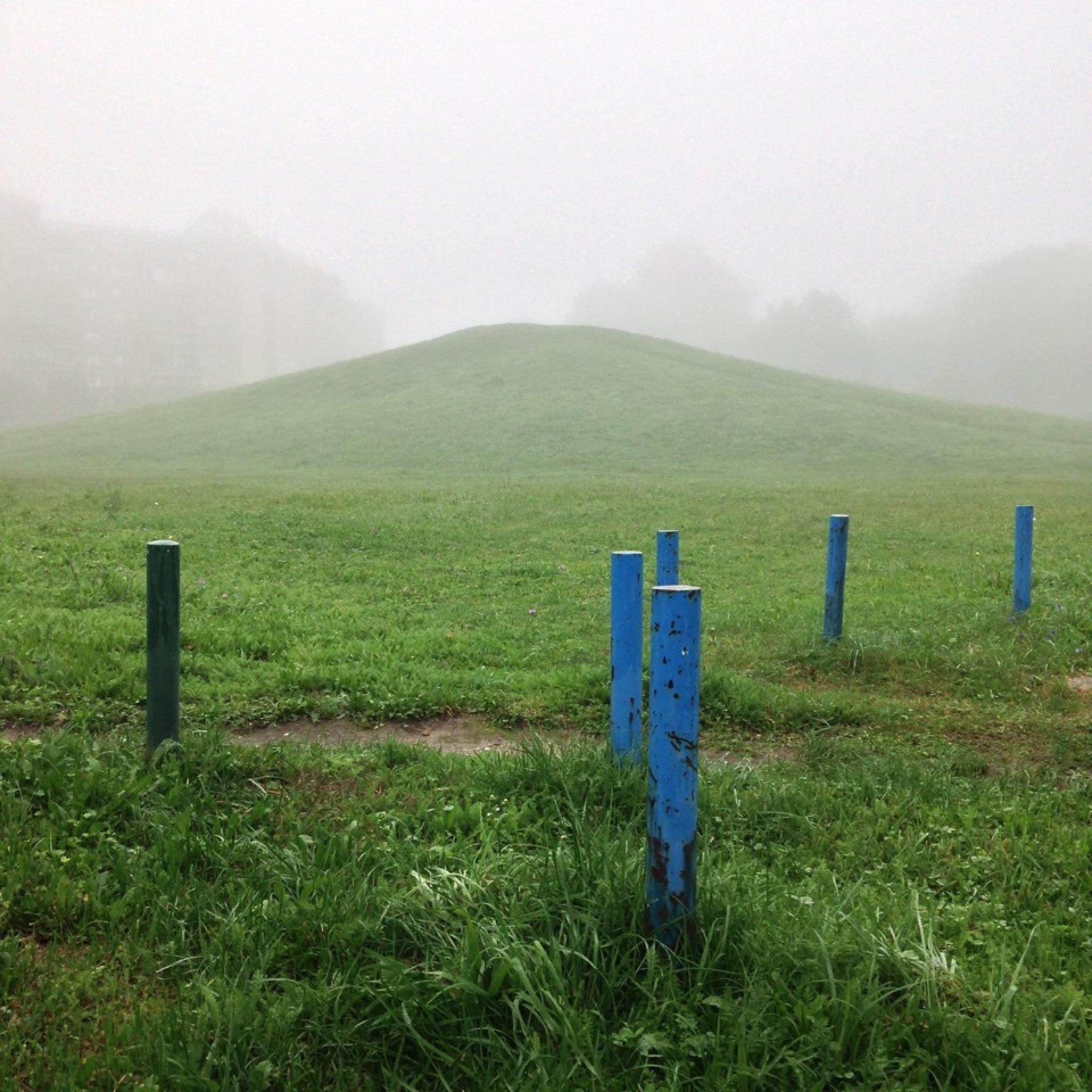
Ljubljana perception by FAKT. | Photo by Sebastian Ernst
When discussing on the courtyard with other participants, we all asked ourselves: after all these projects, exhibitions, drawings, concepts: what will be the outcome? Not meaning: where will we be invited next, is there going to be an exhibition, a publication? But asking ourselves: Could all this really be done? And if not, why? This underlying question followed me through all of Thursday, being part of the amazing lecture about a reviving of the Arsenale in Kiev, in the middle of a war, on the fringes of Europe. Are we presenting a virtual wish-list? Or is the proposal, the vision already enough to ignite change? These where, after far more talks, cigarettes and coffees on the beautiful courtyard probably the best ideas for a future of the future making: Go out, built. Don`t present works as a self marketing but an open discussion. Don`t exclude economics, pragmatism and realism out of the debate, but cherish the small steps to a more inviting world.”

Talks in the courtyard of MAO. | Photo by Peter Giodani © MAO
As a multi-disciplinary emerging creative who work on transformative projects and ideas for the future of architecture you can be part of this story with its third call for ideas. The European Architecture Program 2018 includes a series of interconnected activities combined of three exhibitions, five conferences, four lecture series, a workshop, a summer school, as well as prototyping and publishing activities. Are you interested? Apply and participate in Future.
Discussed with Miloš Kosec, Dimitris Grozopoulos, Effie Kasimati, Fani Kostourou, Adriana Pablos, Bika Rebek, Jose Tomas Perez Valle, Benedikt Stoll and Sebastian Ernst.